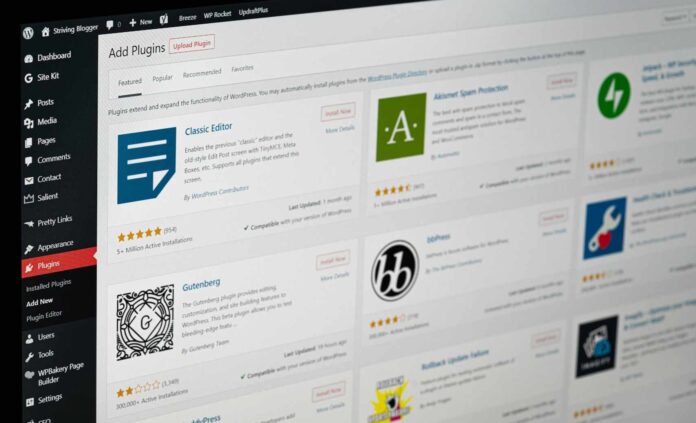Hackers are exploiting a critical flaw discovered in the WP-Automatic plugin for WordPress to gain unauthorized access, prompting website owners to update the plugin and enhance security measures.
A critical vulnerability has been discovered in one of the most popular WordPress plugins, WP-Automatic, which could potentially put millions of websites at risk of being hijacked by hackers.
This alarming finding has raised concerns among website owners and cybersecurity experts alike, prompting urgent action to mitigate the threat.
What is WP-Automatic?
WP-Automatic is a WordPress plugin designed to streamline the process of importing and publishing content from various sources onto WordPress websites.
Its functionality allows users to automatically fetch content from RSS feeds, websites, YouTube channels, and more, enabling them to effortlessly create and publish posts without manual intervention.
The Vulnerability
Security researchers at Patchstack uncovered a critical flaw in WP-Automatic, known as an SQL injection (SQLi) vulnerability, in mid-March 2024.
This vulnerability, identified as CVE-2024-27956, allows cybercriminals to exploit the plugin to gain unauthorized access to websites, create administrator-level user accounts, upload malicious files, and potentially take full control of affected sites.
Cybercriminals have wasted no time in exploiting this vulnerability, launching a barrage of attacks against vulnerable WordPress sites.
These attacks have already resulted in more than five million recorded exploitation attempts, indicating the widespread nature of the threat.
Hackers have been observed creating new administrator accounts on compromised websites, which they can subsequently use to execute additional attacks, such as installing malicious add-ons and exfiltrating sensitive data.
The Consequences of Compromise
Once a WordPress site falls victim to such an attack, attackers often establish backdoors and obfuscate code to maintain persistent access and evade detection.
In some cases, hackers may even rename the vulnerable WP-Automatic file to conceal their actions, making it challenging for website owners and security tools to identify and address the issue promptly.
The Implications for Website Owners
The implications of this vulnerability are significant for the millions of website owners who rely on WordPress to power their online presence.
While WordPress itself is a robust platform, its ecosystem of themes and plugins introduces vulnerabilities that can be exploited by malicious actors.
To mitigate the risk of compromise, website owners are urged to exercise caution when installing themes and add-ons, ensuring they come from reputable sources, and keeping them updated regularly to patch known vulnerabilities.
Protecting Your WordPress Site In light of this security threat, website owners are advised to take proactive measures to safeguard their WordPress sites against potential attacks.
Here are some steps you can take to enhance the security of your website:
- Update WP-Automatic: If you are using the WP-Automatic plugin, ensure that you update it to the latest version (3.9.2.0) to patch the vulnerability and protect your site from exploitation.
- Monitor Site Activity: Regularly monitor your website for any suspicious activity, such as unauthorized login attempts or unexpected changes to files and settings. Implementing security plugins or services can help automate this process and alert you to potential threats.
- Strengthen Passwords: Use strong, unique passwords for all user accounts associated with your WordPress site, including administrators, editors, and contributors. Consider implementing multi-factor authentication (MFA) for an added layer of security.
- Backup Your Site: Maintain regular backups of your WordPress site to ensure that you can quickly restore it to a safe state in the event of a security incident or data loss.
- Stay Informed: Stay informed about the latest security threats and vulnerabilities affecting WordPress and its ecosystem. Subscribe to security newsletters, follow reputable cybersecurity blogs, and participate in online communities to stay updated on best practices and emerging threats.
The discovery of a critical vulnerability in the WP-Automatic plugin underscores the importance of vigilance and proactive security measures in safeguarding WordPress websites against cyber threats.
By staying informed, implementing best practices, and promptly addressing security issues, website owners can minimize the risk of compromise and protect their online assets from malicious actors.

